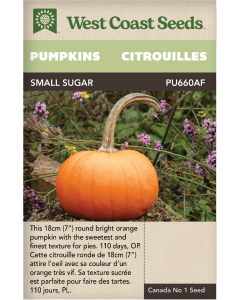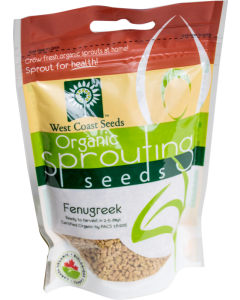Be the first to review this product
PRODUCT DETAILS
Different flowers attract different sorts of insects. The flowers in this blend of Beneficial Insect Blend wildflower seeds were selected to attract predatory insects such as lacewings, hover flies, and ladybird beetles. With a healthy population of these insects in your garden, pest species like aphids, thrips, and caterpillars will be controlled naturally. This blend also attracts generalist pollinators that will increase yields in fruiting plants from peppers to peas. Feeding a healthy and diverse insect population is the best general way to encourage garden health and control the insects that cause the most obvious garden problems.
Recommended rate of application: 198g per 1,000 square feet.
- Flowers selected to attract predatory insects
- Attracts lacewings, hover flies and ladybird beetles
- Controls aphids, thrips, and caterpillars
- Control insects naturally
- Recommend 198g per 1000 sq. ft.
All About Beneficial Insect Blend
Difficulty
Easy
Season & Zone
Exposure: Full sun to partial shade, depending on the blend
Timing
Try to direct sow wildflower seeds during the period two weeks before, and eight weeks after, your last average frost date. Sowing when there is some risk of minor frost may improve germination. Wildflower seeds can also be sown in the autumn, but a certain percentage of seeds to may be lost to water, birds, and animals. To make the most of the annual species, direct sow in early spring.
Starting
Site Selection
If there are already no plants (including weeds) growing in the planting site, there may be a problem with the soil. Possible issues may be soil fertility, lack of drainage, or the need for soil amendments to improve texture. In such spots (eg, beneath a cedar tree), few plants will thrive, including wildflowers.
Site Preparation
Remove as much existing vegetation as possible through pulling or tilling under in order to minimize competition. Loosen the soil by scraping, raking, or tilling. Wildflower blends will not usually take if planted into existing lawn because the thatch prevents their contact with soil.
Seed Application
In small areas, seeds can be scattered by hand. In larger areas, you may want to employ a lawn spreader or some other mechanical means. We recommend adding 1-2 parts clean, dry sand to 1 part wildflower seeds which will help the seeds spread evenly. Do not use beach sand, as it usually contains salt. It may be wise to spread most of the seed, but to save some for filling in bald spots at a later date. Seeds must come into contact with the soil in order to germinate. Do not bury seeds more than 2-3 times their thickness.
Planting rates
Aim for a planting density of 70 seeds per square foot. 90g of seeds will cover 1,000 ft². Use 4kg per acre. 500g covers about 5,500 ft². If seeding an area where site preparation and weeding are not possible, double this rate.
Growing
Keep the seeded area as evenly moist as possible to help the seeds germinate and the young seedlings become established. Weeds need to be kept under control. Once they are growing, most mixes will not require additional water except in long periods of hot, dry weather. All of our mixes should re-grow for several years, but will eventually benefit from re-seeding. In late summer, many of the components will produce seed heads that can be harvested and replanted the following spring.
| Brand | West Coast Seeds |
|---|---|
| Manufacturer Part Number | FL3443A |
| UPC | 687704005038 |
| Family | Wildflowers |
| Group | Blend |
| Certified Organic | No |
| Heirloom | No |
| Open Pollinated | No |
| Hybrid | No |
| Pack Options | A pack |
| Package Language | English |
| Shipping Type | Seeds |















Login and Registration Form